I created a donut chart with Chart.js and I want it to have rounded edges at both ends. I want it to be like this:
But I have it like this, with sharp edges:
The best I found was this answer: How to put rounded corners on a Chart.js Bar chart, but it is for bar charts, and I have no clue of how to adapt it for doughnuts..
Here is my code:
HTML
<div class="modal-div-canvas js-chart">
<div class="chart-canvas">
<canvas id="openedCanvas" width="1" height="1"></canvas>
<div class="chart-background"></div>
<span class="chart-unique-value">
<span class="js-count">
85
</span>
<span class="cuv-percent">%</span>
</span>
</div>
</div>
JS
var deliveredData = {
labels: [
"Value"
],
datasets: [
{
data: [85, 15)],
backgroundColor: [
"#3ec556",
"rgba(0,0,0,0)"
],
hoverBackgroundColor: [
"#3ec556",
"rgba(0,0,0,0)"
],
borderWidth: [
0, 0
]
}]
};
var deliveredOpt = {
cutoutPercentage: 88,
animation: {
animationRotate: true,
duration: 2000
},
legend: {
display: false
},
tooltips: {
enabled: false
}
};
var chart = new Chart($('#openedCanvas'), {
type: 'doughnut',
data: deliveredData,
options: deliveredOpt
});
}};
Someone know how to do this?





